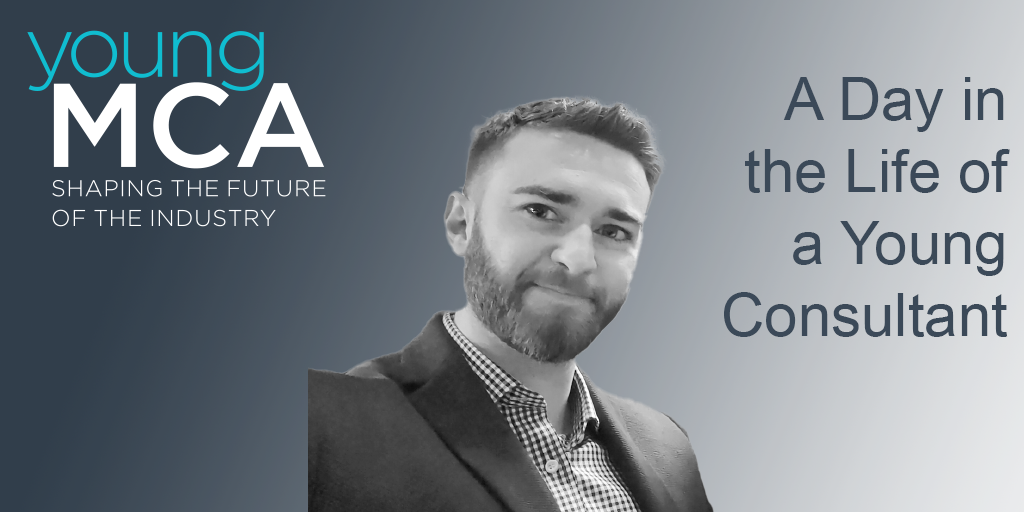Joseph Hart
Senior Business Consultant, IBM
From behavioural economics to ‘Big Blue’ I was born and raised near the seaside town of Brighton, and if you’d asked me what I wanted to do a decade ago I can almost guarantee you it would have been something to do with banking. It was no surprise to anyone when I decided to study Economics at university.
Everything changed in my third year.
I came across a role at IBM that caught my attention. I was fascinated with the role technology played in moving society forward and snapped up the opportunity to spend my work placement year at their Southbank office.
Working with some of the sharpest minds at the cutting edge of new and advanced tech for a year shifted my horizons forever. I didn’t want to be a banker anymore. I wanted to work in tech.
“Any sufficiently advanced technology is equivalent to magic.”
Arthur C. Clarke
I eagerly applied to IBM’s graduate programme and was thrilled to be offered a role as a Business Consultant in the Customer Engagement & Design practice of iX, IBM’s digital strategy unit. Building the foundation My first year as a consultant was incredibly busy, challenging, and exciting. I accumulated hundreds of train tickets as I travelled up and down the country – from Edinburgh to a tiny town called Tonypandy in Wales. I mostly worked with public sector clients, rolling out new systems, spotting gaps and understanding impacts on existing processes, and designing and developing new digital services.
The early stages of your career should be all about gathering as diverse a range of experiences as possible – that gives you an excellent foundation of knowledge, and ultimately helps you become a more formidable consultant.
Now, I primarily help clients with large scale digital transformations. I use Agile and Design Thinking methodologies to bring technological concepts to life and deliver new digital products and services. An important lesson for a technology consultant to remember is that technology alone is not the answer. Our job should be to understand the needs and experiences of people first and use technology as an empowering tool to solve problems.
“Computers are useless. They can only give you answers.”
Pablo Picasso
Day in the life
I am an early riser and do my best work first thing in the morning. If I’ve got a particularly thorny problem to figure out – some analysis to undertake or a presentation to put together, perhaps – I’ll block out time in the diary to tackle it before 9.
At 9.30 every morning, we have our team ‘stand up’. This is a chance for us to check in on how we’re progressing with work – what were we focused on yesterday, today, and anything getting in our way. It’s a fun, casual meeting, and we’re not too strict on how it runs.
Before lunch, I might lead a session where we review our product backlog (that’s where we look at all the features and bits of functionality, we’d like to build in a digital product further down the line). Perhaps we’ve received some feedback from a stakeholder, or some new evidence has come to light, and we’d like to rethink our strategy.
In the afternoon, I could be involved in a user research interview. These are critical in trying to understand what we should be building, gathering insights, and discussing what those findings mean as a team.
At the end of the day, I might need to prepare for a ‘show and tell’ – a regular slot for us to feedback on our progress to stakeholders, look back at the challenges we’ve faced so far, and ensure we’re heading in the right direction.
What’s next?
The best thing about my job is the variety. Every day is different. As I pass the two-year mark as a graduate and progress off the scheme, I will always be proud of what I’ve achieved. I’m excited to take what I’ve learned and solve bigger, thornier challenges in the future.
“In the business world, the rear-view mirror is always clearer than the windshield.”
Warren Buffett

